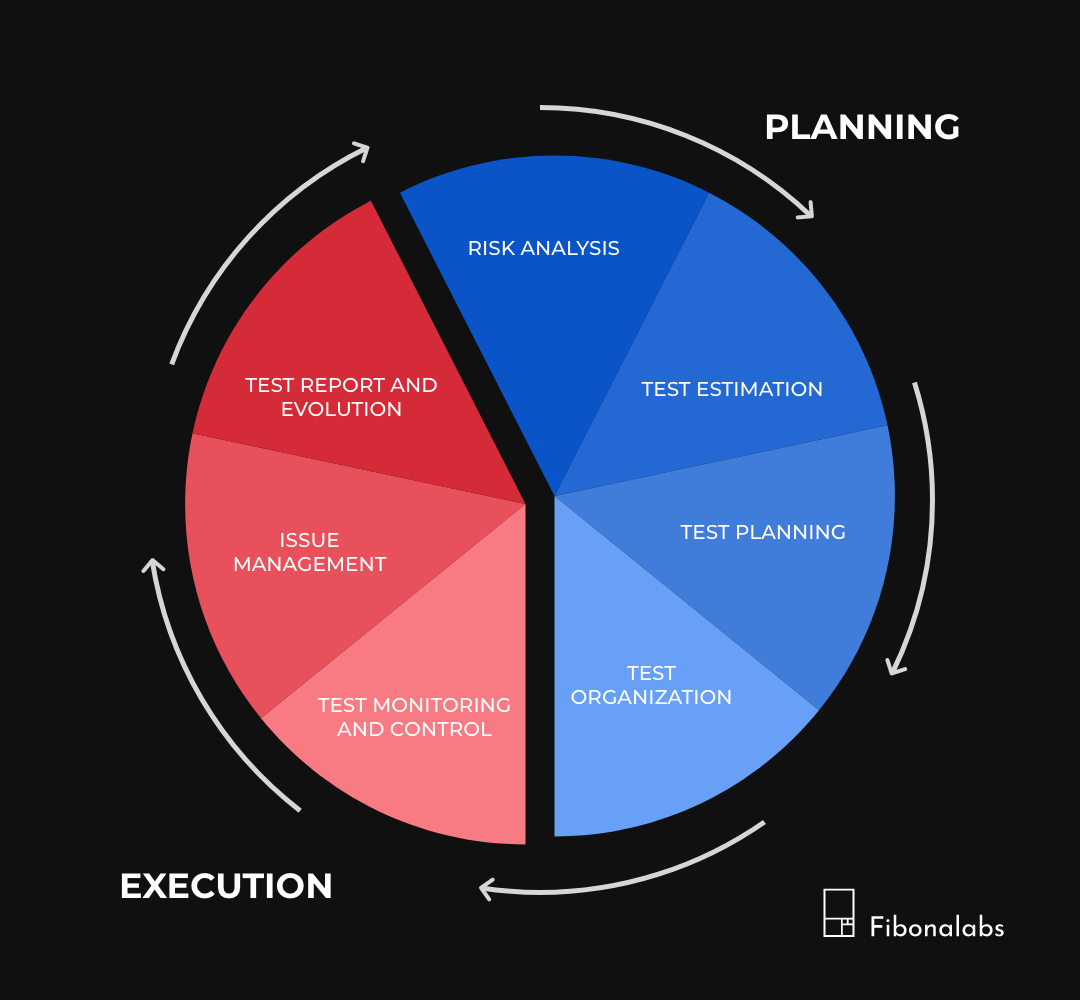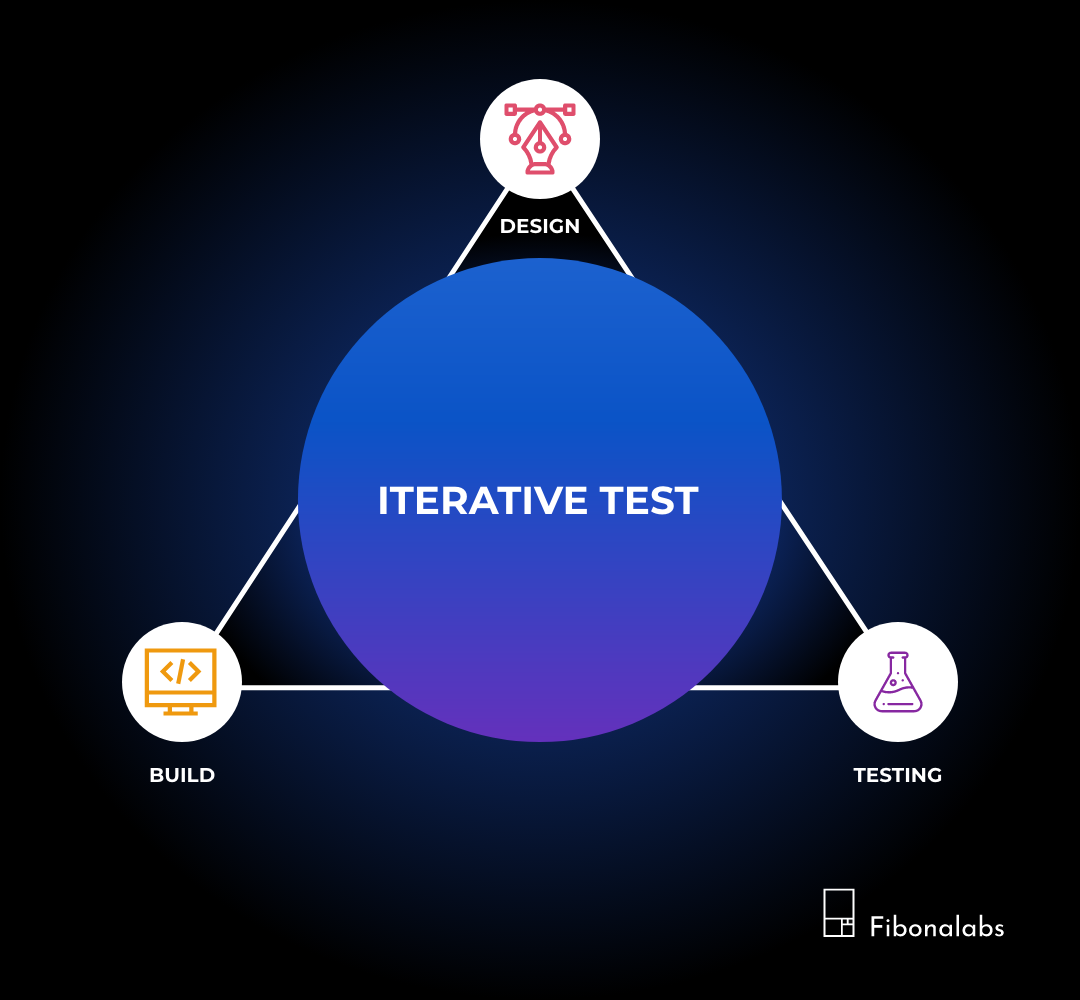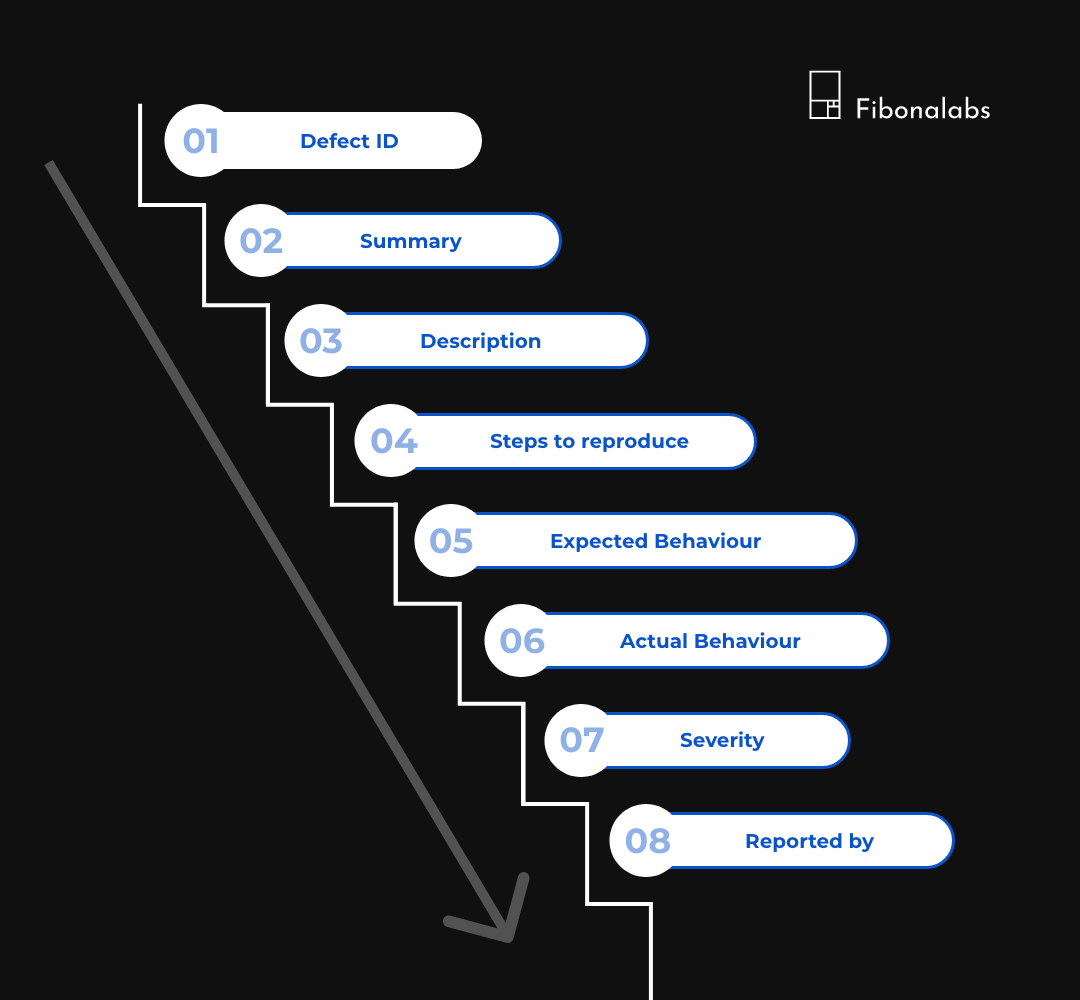Test Management Best Practices: A Crucial Part of Agile Project Management
With the growing number of smart and connected products, effective test management has become a critical part of developing high-quality software or hardware products. The smarter these products become, the more complex the testing activities become. As complexity increases, there comes a need for smart test management practices across every project. Fortunately, the right test management process can help! An effective test management process is key to the project’s success.
What is Test Management?

Test management is a process of organizing and controlling the process and methods required for performing validation or verification. In general, it allows the teams to plan the test, develop the test cases, execute the test cases, assess the product development activities, test estimation, risk analysis, issue management, and test report management.
Although there are some common challenges like lack of time to test, lack of resources, difficulties with requirements, keeping in sync with the development, and reporting the right information.
An effective test management process should lead to one common goal of shipping high-quality products that meet customer needs. To achieve this goal the teams should be working inside a proven process framework defined across all the projects. As the testing team works closely with the developers to ship the completed product within tight deadlines the test management process has become a focus of attention. Being the centre of attention, if followed properly, the process will lead to better products and thereby more satisfied customers.
Test Management Recommendations
Keeping the testing efforts organized with well-defined processes is one of the best practices of test management. Since there are many specific different testing requirements across different projects, test management can provide a protective and repeated process. To overcome the challenges that hinder the test management environment organizations should try to use well-known practices to implement a successful test management system.
- Testing Early: The testing activities should begin very early in the SDLC. This will reduce bug identification at the later stage of development which will an add-on to the cost. The test process therefore should begin soon as a few test cases should be written by directly extracting from the requirements.
- Reusing the Test Cases: Reusing test cases or test automation objects will help in reducing the time spent and in enhancing the quality and efficiency of a product. But this requires a strong management skills to foresee which cases can be reused in future
- Performing Iterative Tests: In general, the features are designed, deployed, analysed, and improved throughout the life cycle of the products. As designs are updated and expanded during the development process it is important for quality assurance to keep pace and additionally is needed to ensure that no new bugs are introduced as a result of these changes.

- Utilizing the Testing Strategies Based on Requirements: The requirements-based testing starts at the very early phase of the software development, as correcting the issues/errors is easier and the chances of occurrence of bugs have its root at this phase. This ensures by validating whether the requirements are complete, consistent, and logically connected. After the validation test cases are developed to ensure that the test cases fulfil all the requirements.
This approach improves the quality of the requirements. This strategy integrates the testing throughout the life cycle of the software development process.

- Reporting the Right Information: Generating a report after the testing phase is simple enough but presenting the right information at the right time can be trickier than it seems for some reason. Proper test management involves the complete sharing of all relevant data such as goals and status, in the right format, at the right time, to the right persons, for a project to be successful.

- Test Automation: Most tasks involved with test management can be extremely time-consuming. Test automation can help teams save time by automating tasks.
- Highly repetitive tests
- Tests that need to be executed across different applications and builds
- Tests where some significant amount of time is spent in setting up
- Requirement and Defect Management: An efficient test management process must integrate with defect management and requirement management. Before the majority of the testing effort starts, requirement management must be completed, as the results can greatly affect the entire test management process. Without complete requirement management, it is impossible to achieve higher-quality tests. Defect management is usually done to provide information to improve the development process. And it is a systematic process to identify and fix bugs. Defects will then follow a well-defined process flow over time. Many defects can be related to each other that can be managed carefully among the test and development team members.

Conclusion
In essence, follow the best practices of test management to overcome the challenges of implementing a successful test management framework and to reap the great benefits of the same. Utilizing a test management tool allows teams to easily track defects in the testing effort while keeping the requirements organized. There are several commercial and open-source tools available in the market today. (For example, HP ALM/Quality centre, Test Link, QA Touch, Zephyr, JIRA, and Test Complete.)



